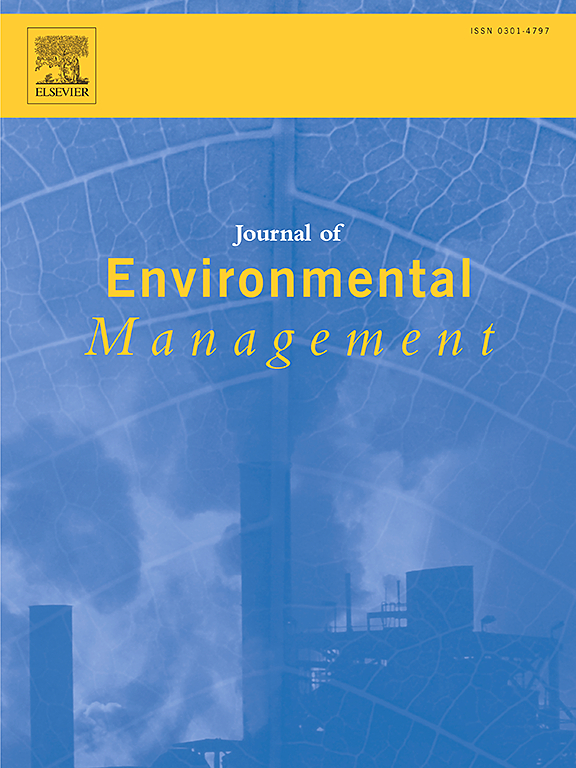Integrating regionalisation, uncertainty, and nonstationarity in modelling extreme rainfall events in India
IF 8
2区 环境科学与生态学
Q1 ENVIRONMENTAL SCIENCES
引用次数: 0
Abstract
Contemporary hydrologic research focuses on adapting to the dynamic nature of extreme rainfall by constructing non-stationary rainfall frequency analyses crucial for stormwater management and hydro-infrastructure design. Recent studies utilise process-informed covariates to model the dynamic behaviour of extreme events, posing challenges in accurately capturing the underlying patterns without introducing model complexity and overfitting. The inclusion of multiple covariates requires careful uncertainty quantification to ensure robust predictions and reliable risk assessments. Therefore, this study seeks to explore the uncertainties in rainfall return levels attributed to covariate selection (covariate uncertainty), alongside assessing the relative significance of covariate uncertainty compared to parameter uncertainty. Our findings reveal that parameter uncertainty remains a dominant source of uncertainty, with exceptions across few geographic locations. Hence, covariates can be effectively regionalized, simplifying the computation and offering physical interpretations. Through regionalisation analysis, we identify the primary physical phenomena driving nonstationarity in specific regions of India. For instance, in Zone 2 (mostly coastal region) the Dipole Mode Index (DMI) emerged as a significant covariate. Further by employing a non-stationary modelling approach and rigorous statistical analyses such as Bayesian inference, Variance Inflation Factor (VIF) and Principal Component Analysis (PCA), we unveil nuanced insights into the spatial and temporal variability of extreme rainfall patterns. The validation of models across distinct time intervals underscores their reliability, while spatial analysis elucidates diverse drivers of extreme rainfall across India. A comparison of stationary and nonstationary models showed that nonstationarity in extreme rainfall may increase or decrease return levels, depending on the direction and magnitude of the trends in extreme rainfall. This will help in well-informed decision making rather than directly upscaling stationary return levels. Ultimately, this research enhances understanding of regional climate dynamics and informs adaptive strategies to mitigate extreme impacts, thereby improving resilience in a changing climate.
求助全文
约1分钟内获得全文
求助全文
来源期刊

Journal of Environmental Management
环境科学-环境科学
CiteScore
13.70
自引率
5.70%
发文量
2477
审稿时长
84 days
期刊介绍:
The Journal of Environmental Management is a journal for the publication of peer reviewed, original research for all aspects of management and the managed use of the environment, both natural and man-made.Critical review articles are also welcome; submission of these is strongly encouraged.
 求助内容:
求助内容: 应助结果提醒方式:
应助结果提醒方式:


